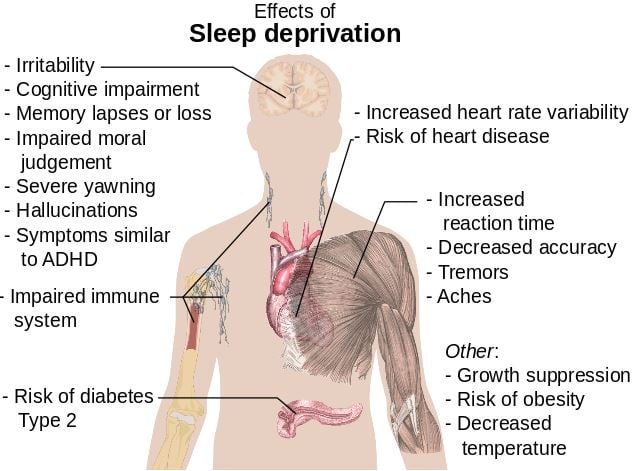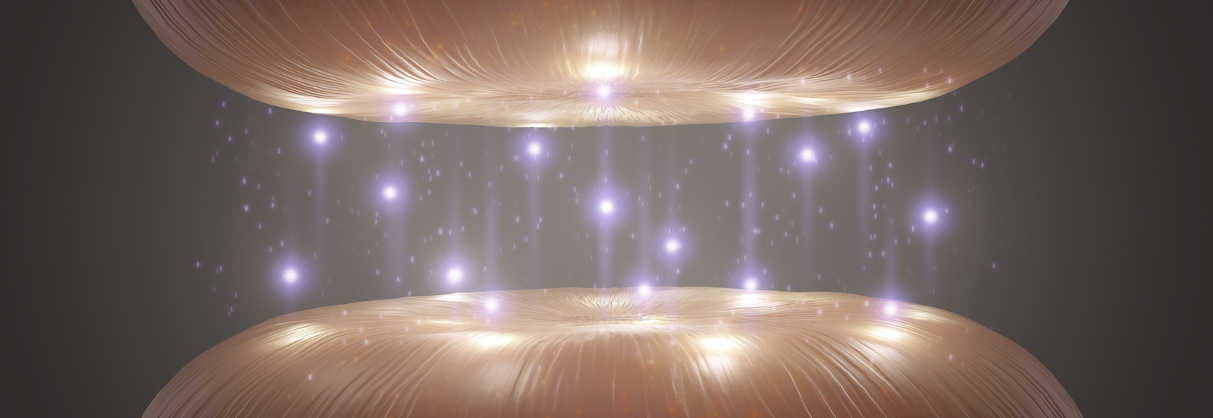Researchers from the University of Oxford have discovered how certain neurons control when we go to sleep. The biology behind it involves an ion channel that reacts to the ‘happy chemical’ dopamine, changing places in the neurons.
 Sleep is essential to health, with the Center for Disease Control even calling insufficient sleep a public health problem. However, there’s still much to be understood regarding how and why we sleep – and how to use such knowledge for more effective therapies.
Sleep is essential to health, with the Center for Disease Control even calling insufficient sleep a public health problem. However, there’s still much to be understood regarding how and why we sleep – and how to use such knowledge for more effective therapies.
A part of this puzzle was now found by researchers of the University of Oxford, at its Centre for Neural Circuits and Behaviour (CNCB). In research now published in Nature, the team shed light on a less-studied mechanism to control sleep – the sleep homeostat.
It’s well-understood how the brain keeps track of when it’s better for us to sleep (through the circadian clock), but how the sleep homeostat controls why we need to sleep is still a mystery.

The researchers used fruit flies to study this sleep controller. Each fly has around two dozen sleep-control neurons – brain cells are also found in other animals and believed to exist in humans. When these neurons are active, the fly is asleep, and when they are silent, the fly is awake.
To switch these neurons on and off, the researchers used optogenetics – a technique to control neurons with light that is also booming in gene therapy. In this work, it stimulated the production of the messenger chemical dopamine, also known as the ‘chemical of happiness’ (and behind how many drugs work).
The key finding was how dopamine managed to operate the sleep switch, silencing the sleep-control neurons and awakening the flies. As it turns out, there’s a mobile ion channel (now named Sandman) in these neurons that responds to dopamine.

When the sleep-control neurons are electrically active, this ion channel is inside the cell and inactive. Once dopamine is present, the channel moves to the cell’s membrane, letting ions in and out. The neuron no longer has an electrical potential, through which it sends signals – so sleep control is shut off. Et voilá, the fly wakes up.
The discovery is an important step towards understanding how the sleep homeostat works and why we sleep. Besides, this intermediary ‘pieces of the puzzle’ could perhaps provide new targets for sleep disorder therapies.
Companies currently working on insomnia therapies include Ferrer (in partnership with Ergomed) and Actelion, which should start Phase II trials with its candidate this year.
Oxford’s researchers explain their research into the Sandman channel…
Feature Image Credit: Synapse © Ktsdesign- (BigStock ID64901341)
Figure 1 Credit: Häggström (2014) Medical gallery of Mikael Häggström. Wikiversity Journal of Medicine (doi: 10.15347/wjm/2014.008)





